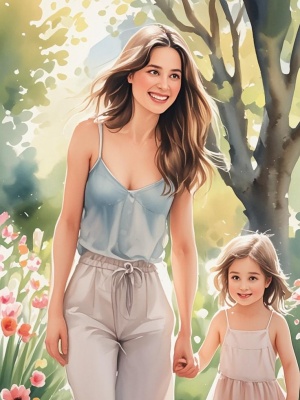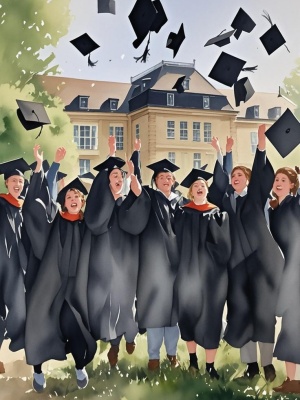The Ultimate Guide to Watercolor Painting References
Watercolor painting is a beautiful and expressive art form that requires both skill and inspiration. One of the most crucial aspects of mastering watercolor is understanding how to use references effectively. Whether you're a beginner or an experienced artist, references can elevate your work by providing guidance on composition, color, and technique. In this comprehensive guide, we'll explore the importance of watercolor painting references and how to use them to enhance your artistic journey.
Why Watercolor Painting References Matter

References serve as a foundation for any watercolor painting. They help artists visualize their subjects, understand lighting and shadows, and experiment with different styles. Without references, creating realistic or detailed artwork can be challenging. Here are some key reasons why references are essential:
- Improves accuracy in proportions and perspective
- Helps with color mixing and palette selection
- Provides inspiration for compositions
- Allows for study of textures and details
Types of Watercolor Painting References
Photographic References
Photographs are one of the most common types of references used by watercolor artists. They capture moments in time with precise details that can be translated into paintings. When using photographic references, consider the following:
- Use high-resolution images for better detail
- Pay attention to lighting and shadows
- Consider cropping or combining multiple photos for unique compositions
For those interested in transforming photos into artistic references, our photo enhancer tool can help improve image quality for better painting results.
Real-Life Observation
While photos are convenient, nothing beats observing subjects in real life. Painting en plein air (outdoors) allows artists to capture the true essence of a scene with all its subtle colors and atmospheric effects. This method:
- Develops your observational skills
- Helps you understand how light changes throughout the day
- Provides a more immersive painting experience
Creating Your Own Reference Library

Building a personal reference library is invaluable for any watercolor artist. Here's how to create an effective system:
Digital Organization
Create categorized folders on your computer or cloud storage for different subjects (landscapes, portraits, still life, etc.). Consider using software like Adobe Lightroom to tag and organize your reference images efficiently.
Physical Sketchbooks
Maintain sketchbooks for quick studies and color swatches. These can serve as excellent references for future paintings and help develop your personal style.
Ethical Considerations When Using References
While references are essential, it's important to use them ethically:
- Always credit photographers when using their work as references
- Consider creating your own reference photos whenever possible
- Transform references rather than copying them directly
For more on ethical art creation, check out our AI Art Guide which discusses similar principles in digital art.
Advanced Techniques for Using References
Grid Method
The grid method involves dividing both your reference and painting surface into equal sections to ensure accurate proportions. This technique is particularly useful for beginners.
Value Studies
Create monochromatic studies of your references to understand the light and dark relationships before applying color.
Conclusion
Watercolor painting references are powerful tools that can significantly improve your artwork when used correctly. Whether you prefer photographic references, real-life observation, or a combination of both, developing a systematic approach to using references will enhance your artistic skills. Remember to always use references ethically and consider transforming them to develop your unique style. For more artistic inspiration, explore our gallery of watercolor and digital artworks.
As you continue your watercolor journey, experiment with different reference types and techniques to find what works best for your artistic vision. With practice and the right references, your watercolor paintings will reach new levels of beauty and expression.